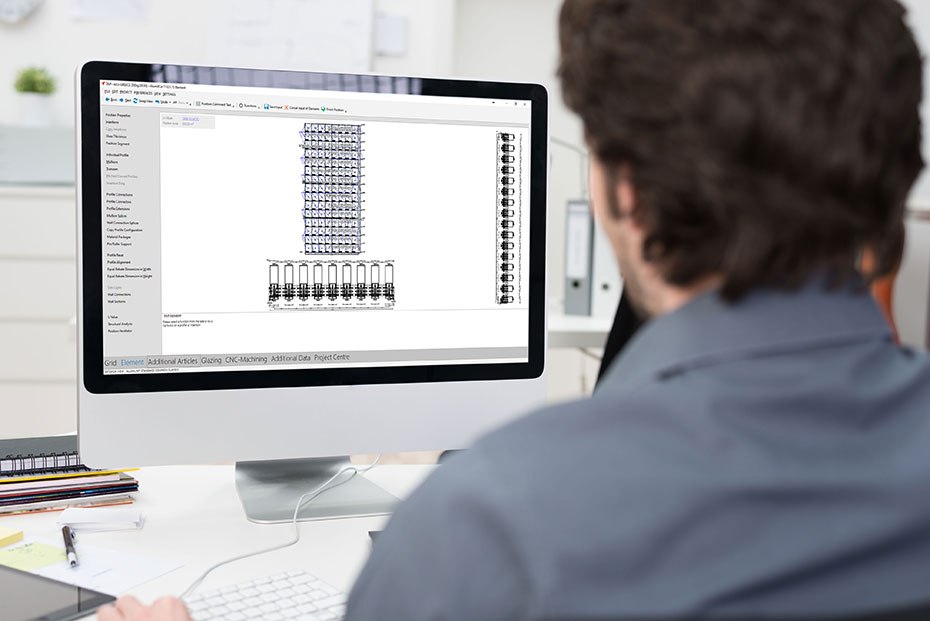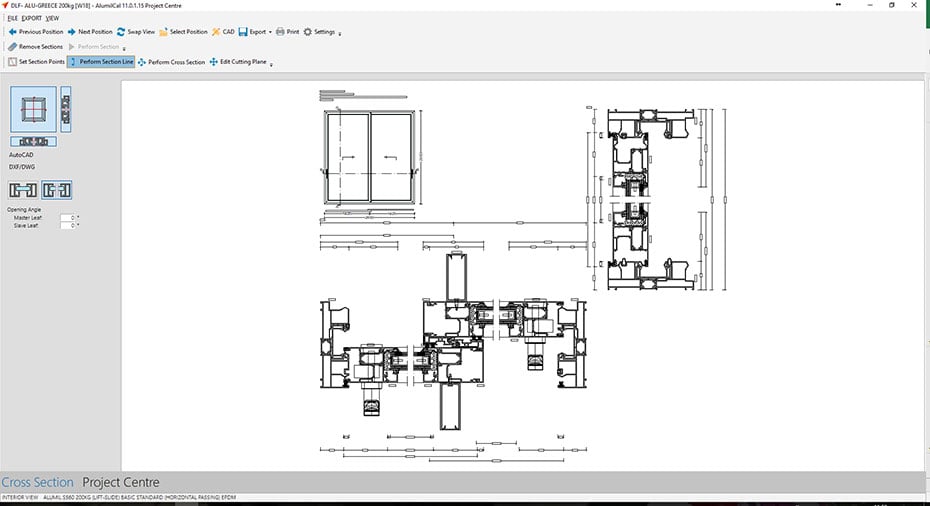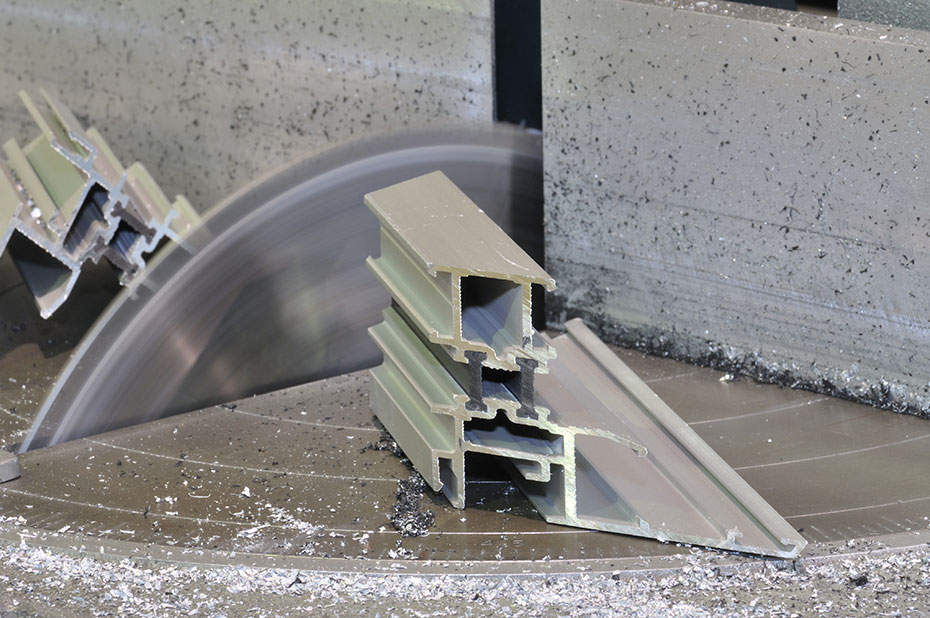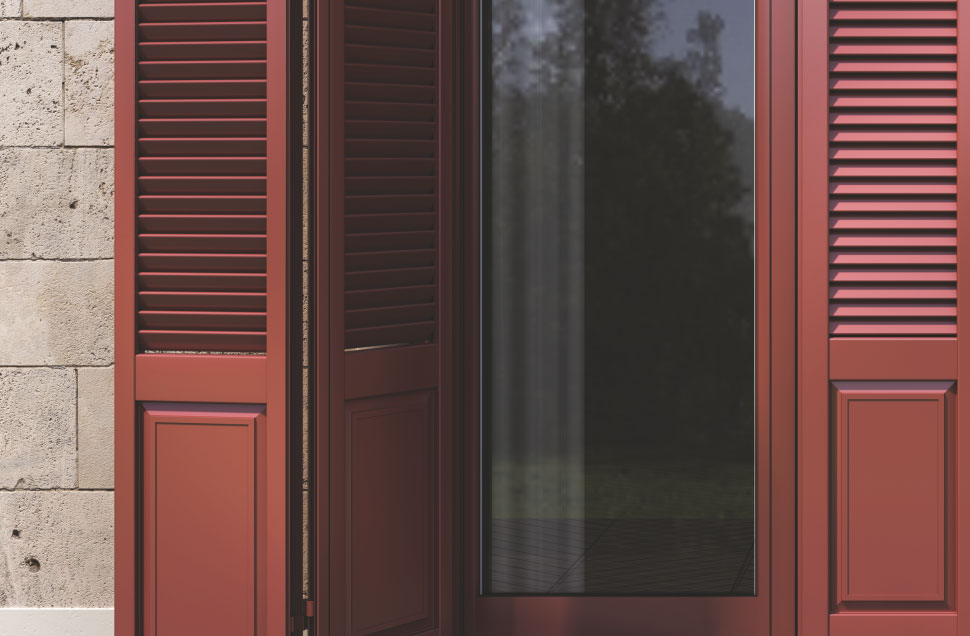AlumilCal® is a software tool designed to work with architectural system databases. Every profile, hardware & accessory that ALUMIL supplies is added to the database and DXF/DWG drawings can eventually be associated to them. This means that when you build positions in AlumilCal®, you are building production data at the same time.
AlumilCal® is a software tool designed to work with architectural system databases. Every profile, hardware & accessory that the system partners supply is added to the database and where necessary has DXF/DWG drawings associated to them. This means that when you build positions in AlumilCal® you are building production data at the same time.
Wall connection designs can be added that can give detailed cross sectional information along with detailed material requirements for complex Cill designs and EPDM wall details.
Dummy mullions and transoms can be inserted horizontally, vertically and slanted at any angle. The program automatically suggests practical connection variants.
U–Value information can be given on profile combinations as you design your position. Adding your glass & panel data can then give you complete U-Value data for your positions.
Window & door hardware can be selected from drop down menus allowing an easy step-by-step configuration. Predefined or customized hardware packages make inputting very quickly. Hardware packages enable you to allocate all required hardware items to a position at the push of a button.
Profile splice and Mullion splicing can be created to give you the accurate material requirements and optimized cutting lists. AlumilCal® can build wastage factors into projects for accurate pricing for cut and full bars utilization.
As you can see from the brief description of some of the features in AlumilCal®, when you have created your detailed positions, you can access accurate estimating reports. These reports can be used to find then your true cost pricing for projects.
There are a host of additional options which allow you to add your own materials to your position designs including labor rates and installation costs.
AlumilCal® holds all the retail pricing for the architectural system databases and allows you to build in your discount groups. You can also build different estimation types for your clients to finally utilize the quotation reports in order to create quotations and drawings.











